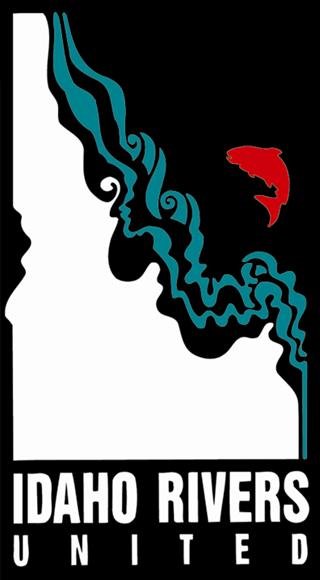
Stibnite Gold Project
Learn more about the company, the project plan, and what the science shows
The company, the project, & the process
About Perpetua Resources (formerly known as Midas Gold, Inc.)
Perpetua Resouces, formerly known as Midas Gold, is a Canadian mineral exploration company that recently moved its headquarters to Idaho due to its proposed Stibnite Gold Project (SGP). While some members of Perpetua’s board and staff have past experience in the mining industry, this project is the first, and only, one that Perpetua is currently pursuing.
According to Perpetua’s ‘Plan of Restoration and Operations’ for the Stibnite Project, which was released while still operating under the name Midas Gold, “The purpose and need for the Project is for Midas Gold to economically develop and operate a modern mining operation at the Stibnite site to obtain financial return and benefits from its property rights and investment and supply extracted minerals for various uses.” (DEIS ES.2). Meanwhile, their public relations strategy has utilized the slogan “Restore the Site,” focusing public attention on previous mining damage and their proposed restoration work.
Perpetua Resources submitted an updated Plan of Operations (ModPro2) to the Forest Service after the public comment period had closed for the plan that had been analyzed and presented to the public as a Draft Environmental Impact Statement. This new plan represented major project scope changes and triggered the Forest Service to issue a Supplemental Draft Environmental Impact Statement which was released to the public in late October of 2022.
While promises of restoration and reclamation are admirable, Perpetua is a mining and mineral exploration company, and their main interest in Stibnite is not to restore the site, but to mine it for gold and generate profits.
About the site
The Stibnite area has a long history of mining, and while not technically listed as a Superfund site, can be found on the Environmental Protection Agency's Superfund website. Millions of dollars and years of work have already been dedicated to restoring this area that suffers from legacy mining impacts. The EPA, Idaho Department of Environmental Quality and U.S. Forest Service have all contributed to extensive wetland, stream, tailings and waste rock reclamation in the heavily mined Stibnite area.
Part of what makes this project so complex is the amount of water that flows through the proposed site and its general location. Situated at the headwaters of the East Fork South Fork Salmon River (EFSF), the SGP has the potential to negatively impact chinook salmon, bull trout, and westslope cutthroat, all species that are currently present within the site footprint.
Trouble viewing the interactive map?
CLICK HERE to see it in a separate browser window
The Plan
Perpetua’s plans to reopen the existing pits, expand the Yellow Pine Pit, and add a third massive open pit, the Hangar Flats Pit. These actions would more than double the historic mine footprint.
The Hangar Flats Pit would be dug in Meadow Creek valley, an area already been reclaimed and restored by the Forest Service and EPA. Meadow Creek is currently a productive habitat for two Endangered Species Act listed species: spawning chinook and resident bull trout.
All ore will be processed on-site using cyanide leaching processes. Perpetua plans to reprocess legacy tailings and waste rock. During operations there will be major alterations to stream channels, destruction of wetlands, and ground water will be signifigantly reduced in order to mine at the depths proposed.
Perpetua has proposed accessing the site via a combination of new and modified road sections of the exsisting Bunt Log Road, Meadow Creek Lookout Road, and Thunder Mountain Road. This route would entail the construction of approximately 15 miles of new road and bring mine traffic along the border of the Frank Church Wilderness.
The Impacts
Based on the Environmental Impact Statement, the project would entail:
A map showing the location of the Stibnite Gold Project.
Meadow Creek and wetlands restored within the project area. This previously-finished reclamation work would be removed to make way for a new pit called Hangar Flats.
119.8 acres of wetlands destroyed within the mine site, with an additional 76.3 acres lost off-site
619 acres of riparian areas destroyed within the mine site and an additional 300 acres lost outside of the mine site.
Due to the removal of shading, stream temperatures are expected to increase and may not return to baseline conditions for over 100 years
There will be a negative impact to salmonids from changes in flow, temperature, and habitat and may be permanently extirpated from the project area
Bull trout will experience a decrease in quality and quantity of habitat as a result of this project
Over 400 million tons of metal leaching materials created
15 miles of new access road through wilderness for heavy mining equipment within five Inventoried Roadless Areas.
3,266 acres of disturbance, of which over 70% is public land (2,373 acres) of inaccessible public land within the Operations Boundary Area for a minimum of 20 years.
Tribal and recreational access restrictions in the 3,266 acres footprint and 14,000 acres of public land within the Operations Area Boundary for a minimum of 20 years



